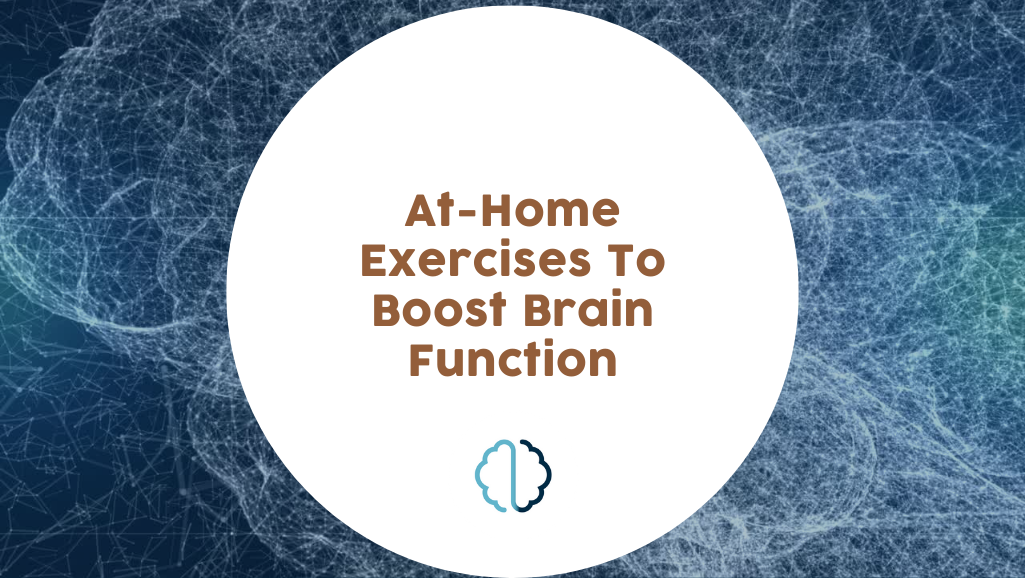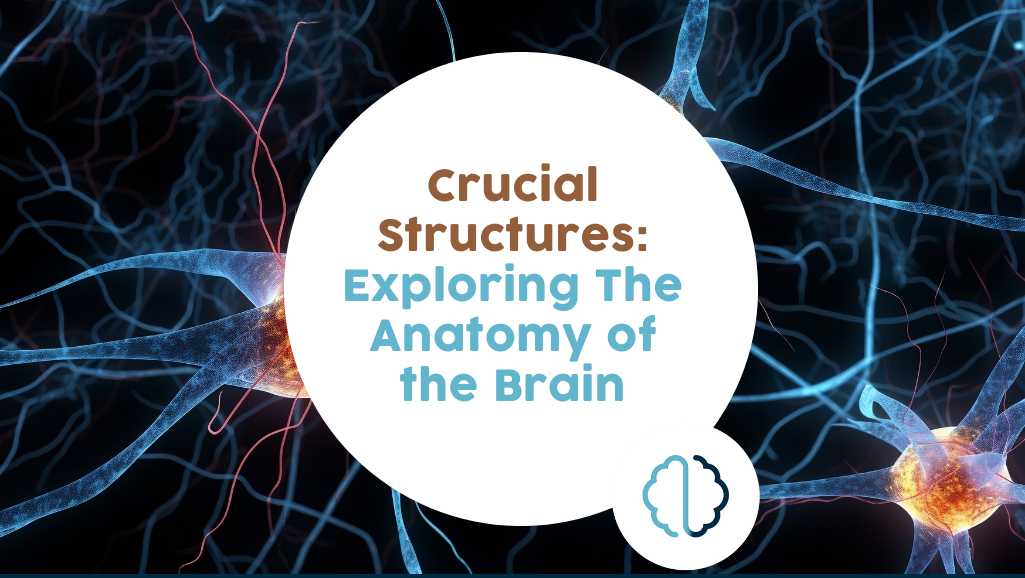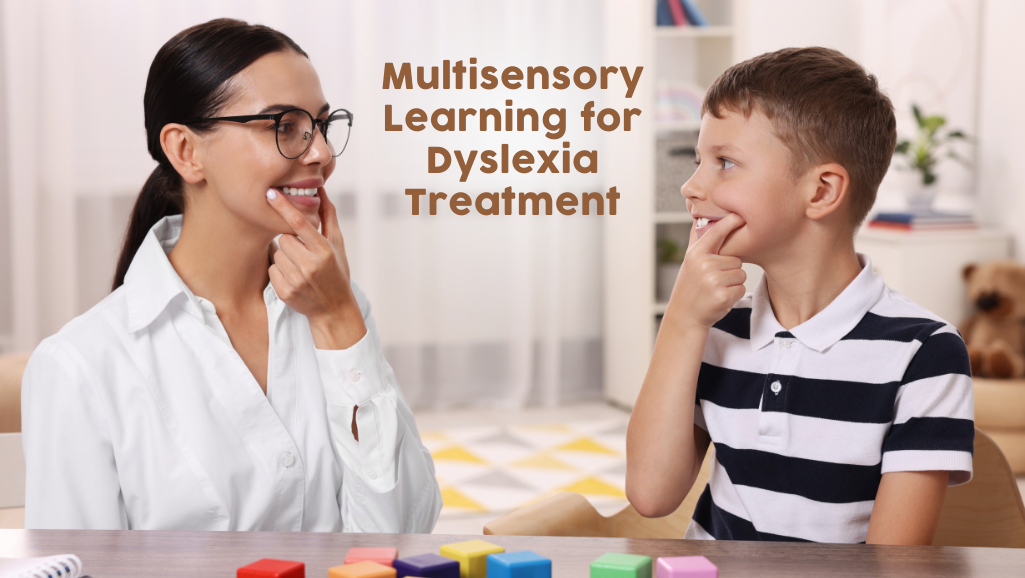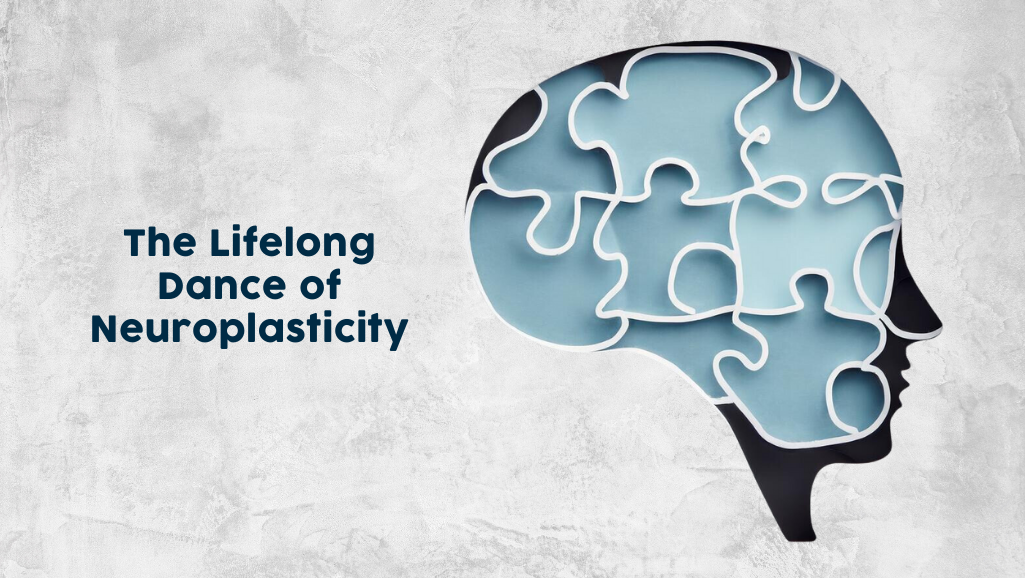Table of Contents
ToggleReady for a brain workout? There are many ways you can exercise your brain at home, helping to improve your cognitive function.
If you’re a Neurofit patient, you’ll probably have been given specific exercises to complete at home to complement your in-clinic treatment. If you’re not (yet!) a Neurofit patient, there are a range of brain exercises you can do at home.
These exercises all harness brain plasticity to help maintain your cognitive function and mental sharpness.
Brain plasticity and flexibility
Brain training helps create new neural pathways, which essentially rewire your brain.
But for your brain to habitually use those new pathways, the new route has to become easy and familiar. And you can only achieve that by practising often.
This is known as brain plasticity. It’s your brain’s ability to change or reorganise itself in response to stimuli.
Learn more about brain plasticity
There are many brain plasticity exercises. Even taking a different route to work can help to improve brain flexibility.
When a journey is familiar, you drive almost on autopilot because your brain knows the route. But let’s say there’s an accident and traffic is diverted along back roads. Now you’re driving an unfamiliar route and really have to concentrate to make sure you don’t miss a turn. Yet, if you decided to drive that way regularly, it would become more familiar – you’d have created a new brain pathway.
Other brain plasticity exercises include:
- Taking a Zumba class – you’ll probably feel quite uncoordinated initially but after a few sessions, you’ll find it easier and easier to follow the movement routines in time to the music
- Learn to play a musical instrument – again, the more you practice, the better you’ll get
- Learn to speak a new language – if you can also visit the country, you’ll benefit from the travel experience too!
- Solving riddles or Sudoku
- Completing crossword puzzles or jigsaws
- Playing memory strengthening games like matching pairs of cards or ‘I went to the store and bought…’.
What do these things have in common? They help maintain your cognitive agility. Brain exercises for seniors may also help prevent cognitive decline.
In addition, these things are fun! They help to enrich your life experience, often proving far more satisfying than just staying home and watching TV!
Which part of the brain controls balance?
The cerebellum sits at the back of your brain and controls your sense of balance, making it particularly important for walking.
While toddlers and kids fall over often and bounce back relatively easily, it’s a different story as you get older. Falls can have serious consequences for seniors, affecting health and confidence.
A falls prevention program can help you keep your balance. Try simple balance exercises like:
- Standing with your feet together, eyes open for 10-30 seconds
- Standing with your feet apart, eyes open for 10-30 seconds
- Repeating those exercises (if you could do them easily) with your eyes closed for 10-30 seconds
- Standing on one leg, eyes open, for 10-30 seconds then trying with your eyes closed.
For your safety, do these exercises in front of a table or kitchen bench so you can easily hold onto something if you need to.
What about brain balance?
Brain exercises can help to improve body balance but they can also help to improve brain balance.
Brain balance refers to the two halves (hemispheres) of your brain being equally strong and capable so that they can work together well.
Sometimes, one side of your brain has developed more slowly than the other side or has been weakened by injury. To compensate, your brain tends to rely on its stronger side. A brain imbalance may lie behind many neurological conditions.
At Neurofit Brain Centre, we aim to identify any areas of the brain that are underdeveloped, under-regulated or under-integrated. Targeting these with tailored brain balance exercises can help to improve function.
For Neurofit patients: Brain exercises to do at home
As part of your Neurofit program, you’ll be prescribed a series of brain-based exercises designed to help restore balance between the left and right sides of your brain.
Regularly practising these exercises at home helps your brain to get the most benefit from your Neurofit treatment.
Exactly which exercises you should do at home depends on your unique needs. Your Neurofit therapist will assess your condition, identify which side of your brain is weaker and prescribe exercises to strengthen it.
Home exercises may include:
- Putting essential oils on the collar on your weaker side
- Wearing colour-specific glasses
- Using an electric toothbrush to apply gentle vibration to your face and limbs on your weaker side
- Listening to music at a certain frequency relying on the weaker-side ear (put an ear plug in the ear on your stronger side)
- Exercises to integrate retained primitive reflexes
- Improving your lung capacity and oxygen supply to the brain through aerobic exercise
- Improving circulation by applying heat from a wheat sack or hot water bottle
- Cross-lateral eye movements or limb movement exercises to promote integration between the two hemispheres of your brain
- Squeezing your ear lobes to self-stimulate that acupressure meridian.
Co-activation
As you can see, there are many different ways to stimulate the weaker side of your brain. Sometimes we’re asked why we do so much all at once. Wouldn’t it be better to do one thing at a time?
Oddly enough, no. Bombarding the weaker side of the brain with many different stimuli at once encourages it to step up its game. It means it has to work harder than ever to keep up with the new demands. Over time, it begins to fight for more blood flow and oxygen and begins to level up to the stronger side of your brain.
This process of bombarding the weaker side of the brain with a lot of stimulation is known as co-activation. It maximises the benefits of therapy.
Getting into the habit
Although everyone intends to do their at-home exercises, it can be hard to get into a new habit. About 50-70% of people with lower back pain don’t do their at-home physiotherapy exercises.
Life is busy. We understand that. So here are some tips to help you make it happen.
- Remember why you’re doing this – ultimately, it’s because you want to improve your quality of life
- Schedule it into your calendar and set an alarm to remind yourself
- Break it into bite-sized chunks – try doing some of your exercises in the morning and some in the evening to make it easier to fit into your day
- Create momentum – put a chart on the fridge and award yourself a sticker each time you do your daily exercises
- Reward yourself – when you’ve done well for the week, give yourself a little reward.
How Neurofit Brain Centre can help
At Neurofit Brain Centre, we believe that brain activity makes an active difference. We employ a number of evidence-based therapies to stimulate your brain in the right places to improve your function and your quality of life.
That starts with a thorough assessment and understanding of your condition and your lifestyle. Then it involves a combination of different treatments that may use light, sound, video games, interactive metronome and much more. It’s a non-invasive, enjoyable therapy that helps to rewire your brain with the aim to improve your symptoms.
Our in-clinic program is reinforced by at-home exercises. These are a key component of your therapy so we encourage you to get into a good rhythm at home.
If you’d like to learn more, please contact us.
Disclaimer
All information is general and is not intended to be a substitute for professional medical advice. Neurofit Brain Centre can consult with you to confirm if a particular treatment approach is right for you.
References
Forbes, The 4 underlying principles of changing your brain, https://www.forbes.com/sites/taraswart/2018/03/27/the-4-underlying-principles-to-changing-your-brain/?sh=688f1185a71c, [Accessed 7 May 2024]
Physiopedia, Neuroplasticity, https://www.physio-pedia.com/Neuroplasticity. [Accessed 7 May 2024]
Healthline, 6 ways to rewire your brain, https://www.healthline.com/health/rewiring-your-brain, [Accessed 7 May 2024]
Brain and Spine Foundation, Anatomy of the brain and spine, https://www.brainandspine.org.uk/anatomy-of-the-brain-and-spine/, [Accessed 7 May 2024]
Johns Hopkins Medicine, Falls prevention: Balance and strength exercises for older adults, https://www.hopkinsmedicine.org/health/wellness-and-prevention/fall-prevention-exercises, [Accessed 7 May 2024]
Physiopedia, Adherence to home exercise programs, https://www.physio-pedia.com/Adherence_to_Home_Exercise_Programs, [Accessed 7 May 2024]








